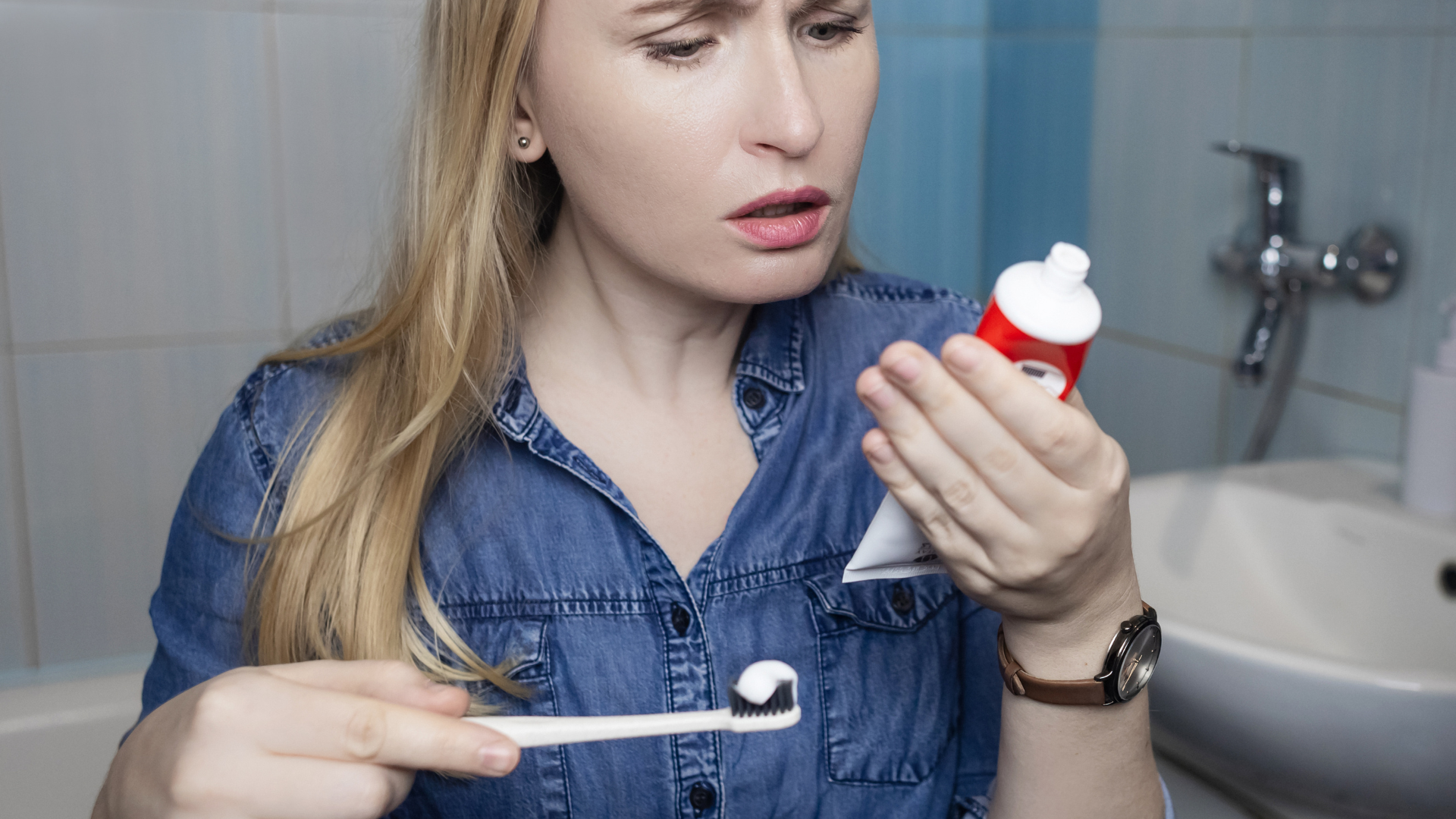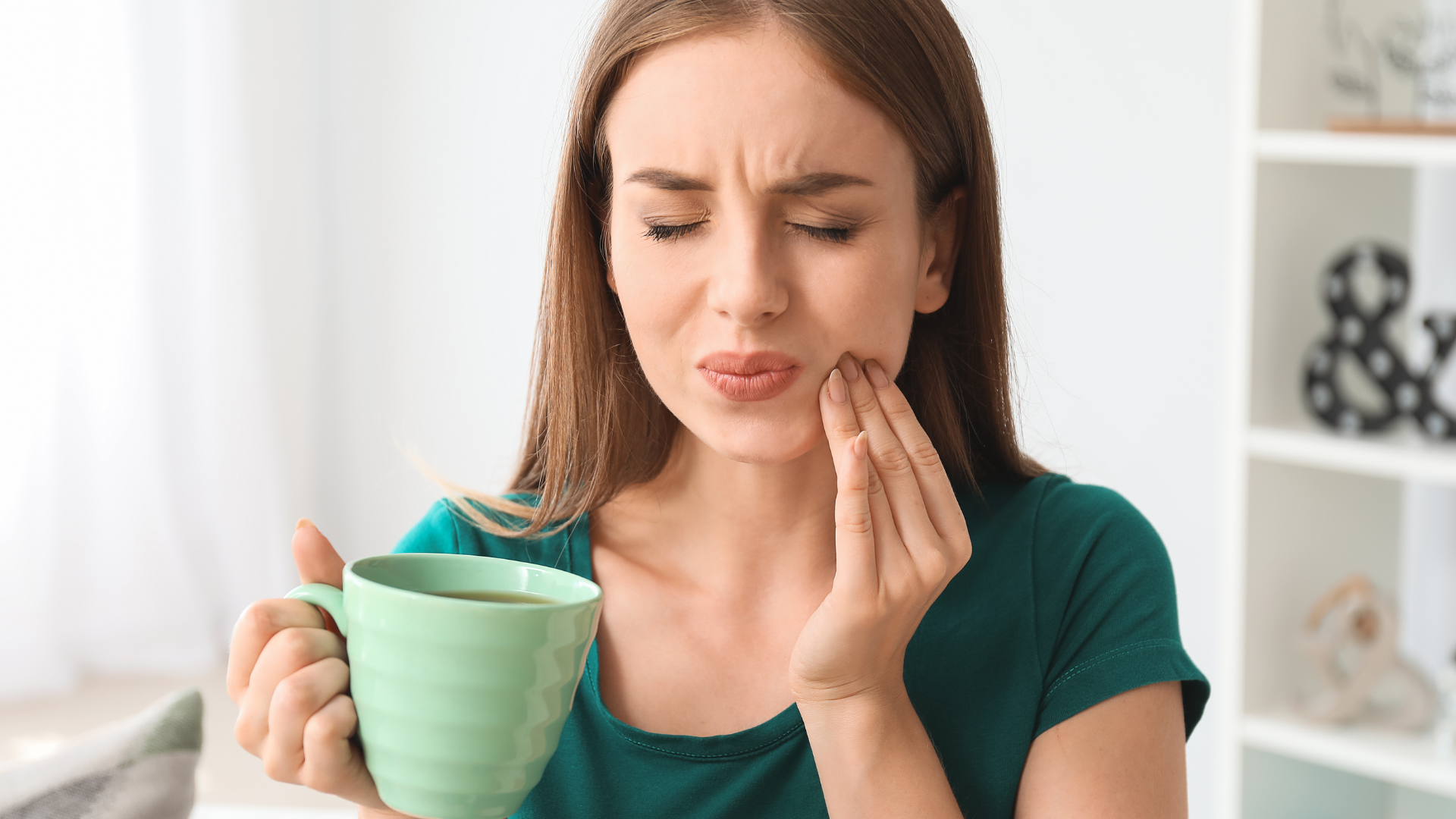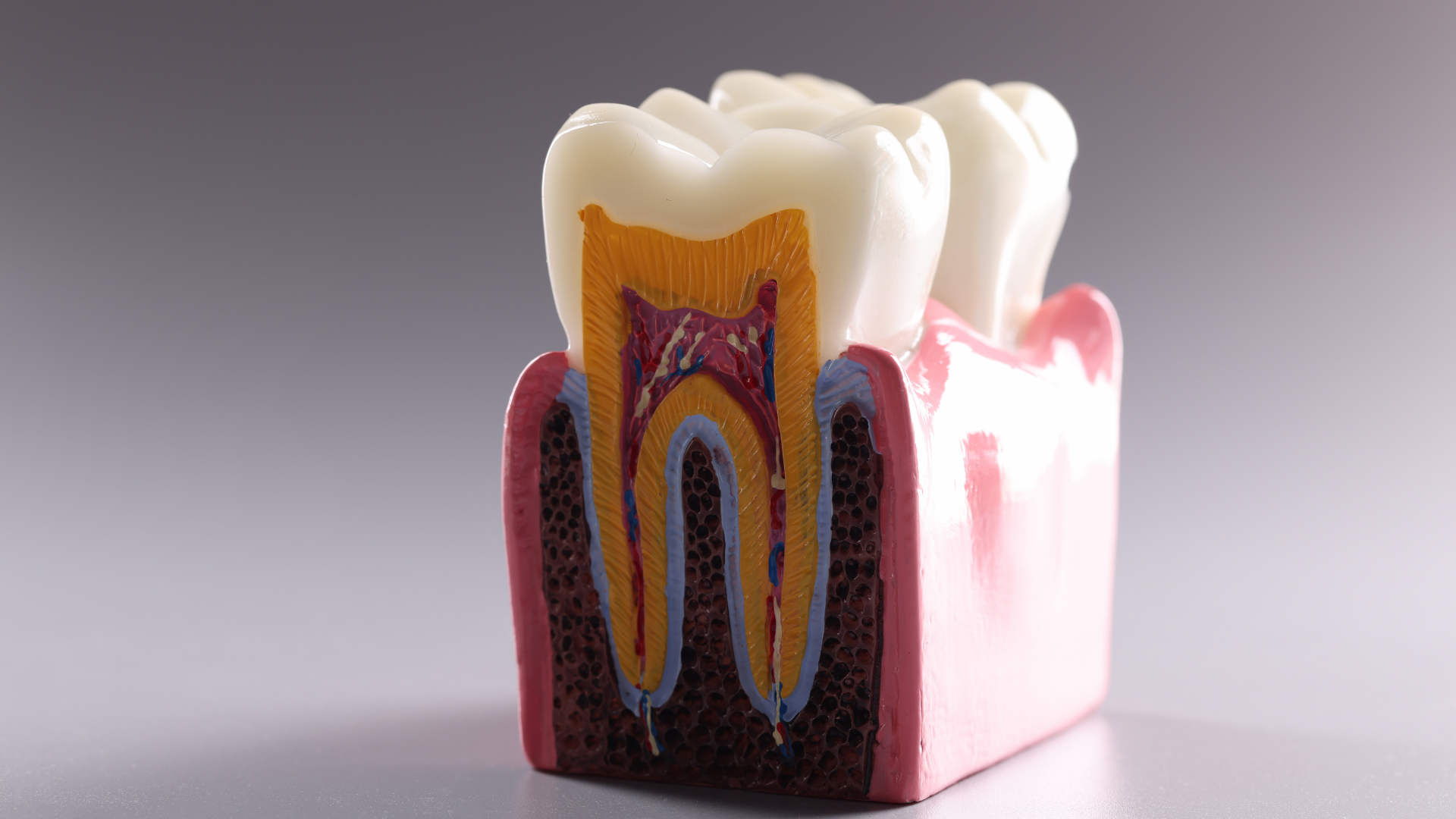Anesthesia
Dentistry has advanced to the point in which pain is almost a thing of the past.
Powerful pain-killing medications known as anesthetics not only help a patient avoid discomfort during a procedure, but post-operatively as well.
Some patients, especially children, may require higher doses of anesthetic than others.
Types of Pain-Killing Medications include:
- Analgesics - These are also called pain relievers and include common non-narcotic medications such as ibuprofen and aspirin. Analgesics are usually used for mild cases of discomfort, and are typically prescribed following such procedures as a root canal or tooth extraction.
- Anesthetics - Anesthetics can either be topically applied, injected or swallowed. Dentists often apply topical anesthetics with a cotton swab to an area of the mouth where a procedure such as a restoration will be performed. This numbs the affected area. Topical anesthetics are used in many dental procedures such as tooth restoration. Topical anesthetics also are used to prepare an area for injection of an anesthetic. Novocaine and Lidocaine are the most common kind of injectable anesthetics. Such medications block the nerves from transmitting signals and are used for more major types of procedures, such as fillings and root canals.
- Sedatives - Sedatives are medications designed to help a patient relax. This can be a powerful tool in avoiding pain. Sedatives are sometimes used in combination with other types of pain relievers and pain-killers. Nitrous oxide, or laughing gas, is a form of sedative. Conscious sedation involves administering a sedative while the patient is alert and awake. Deep sedation or general anesthesia involves administering a medication that places a patient in a state of monitored and controlled unconsciousness.
Types of Sedatives include:
- Intravenous (IV) sedation - Usually in the form of a tranquilizing agent; patients given IV sedation are often awake, but very relaxed.
- Inhalation sedation - a form of sedation in which nitrous oxide is administered through a special mask.

Toothpaste Ingredients Looking at the label on most toothpaste, it would seem that you need an advanced degree in biochemistry to decipher the ingredient names.Propylene glycol, sodium bicarbonate, sodium pyrophosphate, anhydrous dicalcium phosphate and dioctyl sodium sulfosuccinate are all listed. Are you sure you want to put this stuff in your mouth? Fear not. Here is an explanation of which ingredients do what in various types of toothpaste: Hydrogen Peroxide This is one of the few ingredients actually proven to whiten teeth. It is, in essence, a bleach. H.P. is found in the kits dentists can prescribe to bleach your teeth, as well as in over-the-counter bleaching kits. The American Dental Association advises that you should bleach your teeth only under the recommendation and supervision of your dentist. Sodium Bicarbonate It sounds high-tech, but it's actually nothing more than old-fashioned baking soda. It's function in toothpaste is questioned by the ADA, although some dentists say it can help to remove coffee and food stains from your teeth. It is a mild abrasive, so it scours your teeth, helping to eliminate plaque. And it does make your teeth feel clean and smooth. Other abrasives you'll often find in toothpastes are dicalcium phosphate, kaolin, bentonite, silica and calcium carbonate (chalk). Sodium Pyrophosphate This is the active ingredient normally found in tartar-control toothpaste. It has been shown to prevent the formation of plaque when used regularly. However, once tartar hardens onto your teeth, it can't be removed at home. Only a professional cleaning will get rid of it. Propylene Glycol This is a widely-used humectant - an ingredient that keeps the toothpaste moist, and prevents the solid and liquid ingredients from separating. Other common humectants in toothpaste are sorbitol, pentatol and glycerol. Dioctyl Sodium Sulfosuccinate This is a detergent-type ingredient that causes toothpaste to foam in your mouth. You may also see ingredients such as sodium stearyl fumarate and sodium lauryl sulfate. Some believe that the latter (SLS) induces canker sores in people sensitive to this ingredient. As with any product, if use causes discomfort, stop using it and consult your dentist or doctor. Sodium Saccharin This is the least-expensive sweetener, so it is the one you are most likely to see in most toothpastes. It is 600 times sweeter than table sugar, so only a small amount is used to sweeten your toothpaste. Other common toothpaste sweeteners are aspartame and ammoniated diglyzzherizins. Desensitizing Ingredients These are used in toothpastes specially formulated for sensitive teeth. Strontium chloride and potassium nitrate are the two ingredients recognized by the ADA to reduce discomfort if your teeth are sensitive to hot or cold foods. How do they work? They block the transmission of pain to the nerves in your teeth. They don't work immediately - it takes 4-6 weeks for these ingredients to desensitize your teeth. Triclosan This is an antibacterial agent that was recently approved for use in toothpaste by the FDA. It has been used for years as the active ingredient in antibacterial soaps, lotions, sponges and cutting boards. In toothpaste, triclosan has been clinically proven to fight gingivitis in adults by inhibiting the growth of plaque-causing bacteria. Colgate Total, manufactured and distributed by Colgate-Palmolive Co., is the only toothpaste that currently contains the disinfectant triclosan. Other toothpaste manufacturers are expected to follow suit, but since triclosan is considered a drug, all toothpastes that contain it will have to obtain FDA approval before going on the market.

Tooth Sensitivity Do you have or do you know someone who has sensitive teeth? If your answer is yes, you will have a true appreciation for the content of this page. What Is Tooth Sensitivity? It can be defined as a painful reaction in one of more teeth triggered by hot, cold, sweet, or sour foods and drinks. This pain can be sharp, sudden and shoot deep into the nerve endings of your teeth. Apart from a cavity or a missing filling, the most common cause of tooth sensitivity is exposed dentin on the roots of your teeth. Normally, the dentin (the second, more sensitive layer of the tooth) is surrounded and protected by your enamel, cementum (special root covering) and gums. The cause or mechanism of dentinal sensitivity is still not well understood. It is believed that the little tubes that connect the dentin to the nerve or pulp serve as sensory conductors. That sensation may be one of pain. OUCH!! Causes Of Exposed Root Surfaces Which May Result In Dentinal Sensitivity: Brushing too hard - Over a period of time, brushing too hard or using a hard-bristled toothbrush may wear away enamel or cementum and cause the dentin to be exposed. Recession of the gums - Movement of gums away from the tooth due to periodontal disease will expose the root surface. Gum disease - Inflamed and sore gum tissue may also cause sensitivity due to the loss of supporting ligaments which exposes root surface. Other Causes Of Sensitive Teeth: Cracked teeth - Chipped or broken teeth may fill up with bacteria from plaque and enter the pulp causing an inflammatory reaction. Grinding your teeth - Grinding or clenching your teeth may wear down the enamel and expose underlying dentin. Plaque - The presence of plaque on the root surfaces can cause sensitivity. What To Do At Home: Maintain good oral hygiene - Continue to clean all parts of your teeth and mouth thoroughly. Use a soft bristled toothbrush -This will result in less toothbrush abrasion of the tooth surface. Use desensitizing toothpaste - There are many on the market. With regular use you should feel a decreased sensitivity. Try spreading a thin layer on the exposed roots with your finger or a Q-tip before you go to bed. You'll need to find the product that works for you, likely through trial and error. Consider what you eat - If you frequently eat foods high in acids, such as citrus fruits (example: sucking on lemons), they can gradually dissolve the enamel over time, leading to dentin exposure. The citric acids may aggravate the hypersensitivity and initiate a painful reaction. Use fluoridated dental products - As an example, with a daily application of a fluoridated mouthrinse, hypersensitivity usually decreases. Ask us about a daily fluoride rinse for your home use. Professional Care: Ask us what may be used to help reduce sensitivity. Some of the most common treatments are: White fillings to cover exposed root surfaces Fluoride varnish applied to the exposed root surface Dentin sealer applied to the exposed root surface


